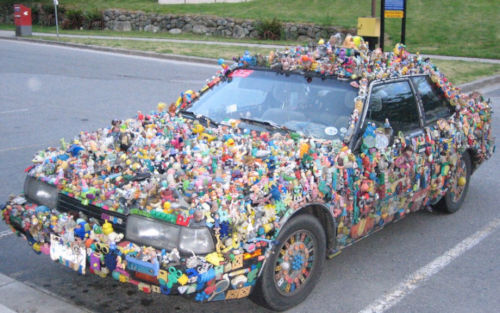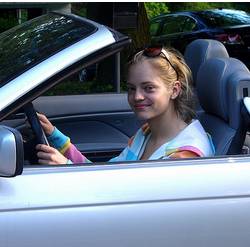Some owners enjoy customizing their cars, but personalization only goes so far when it comes to profit. While regular maintenance and certain upgrades can preserve a car’s value over time, there are other modifications that ultimately work against a car’s future sale value. These four things that impact a car’s value may be done without the owner even realizing the potential harm they cause; the good news is that all of them are easy to avoid and even correct if they’ve already been done.
Smoking in the Vehicle
Smoking leaves lingering odor and damages to car’s interiors that lower their value. Beyond the smell, the chemicals produced by lit cigarettes can also break down the fibers and bonds that hold the interior in place. The resulting discoloration and cracks would require a full replacement to correct, but they can be mended if the damage is only minor.
The potential damages can be another good reason to stop smoking; for those who aren’t interested in giving up the habit, it’s beneficial to at least smoke outside the car.
High Mileage
It’s impossible not to rely on a car for transportation, but owners must be mindful of how much they push their engines. Cars with excessive mileage will always sell for less than those that have been kept in mint condition. Age also impacts the effect mileage has on a vehicle. A 10-year-old car with 80,000 miles won’t be able to fetch anything close to a 5-year-old model with 40,000.
In general, long-haul trips are best left to alternate modes of transportation. For anyone who plans on reselling a car within the next five years, it’s important to be mindful of mileage.
A Custom Paint Job

A touch-up to a car’s paint can help it maintain its original luster of newness to potential buyers. But the color makes a big difference in how much a vehicle sells for. Custom paint jobs, which include detailing, graphics, prints and decals, can cause even a new model to lose thousands of dollars in value. Making a car too unusual can be a detriment to its value.
An analysis by iSeeCars.com of 2.1 million cars found that the average depreciation rate for used 3-year-old vehicles was 33.1 percent. Cars in certain colors lost greater value over that time, particularly white, red, beige, purple and gold.
Aftermarket Modifications
Adding supped-up mods to a car might be fun for the owner, but they won’t likely fetch a high price or even equal return on investment when it’s time to sell. While upgrades like heated seats and smart car tech might be able to justify a higher sales price, aftermarket modifications that only alter the appearance of the vehicle can be a turn-off. Most of these changes only offer personal value to the owner, and they’re not likely to entice someone who is looking for a used car that feels new.
Tips to Remember for Selling a Car
Used vehicles that come off as a fresh slate to buyers always sell for the highest price. Excluding rare or vintage models, the average person wants to buy my car that doesn’t feel like someone else has driven it for years on-end. Routine maintenance, making repairs as early as possible and maintaining the original integrity of the car is the best way to keep its value intact and earn a profit when it’s sold.
You might also like:



